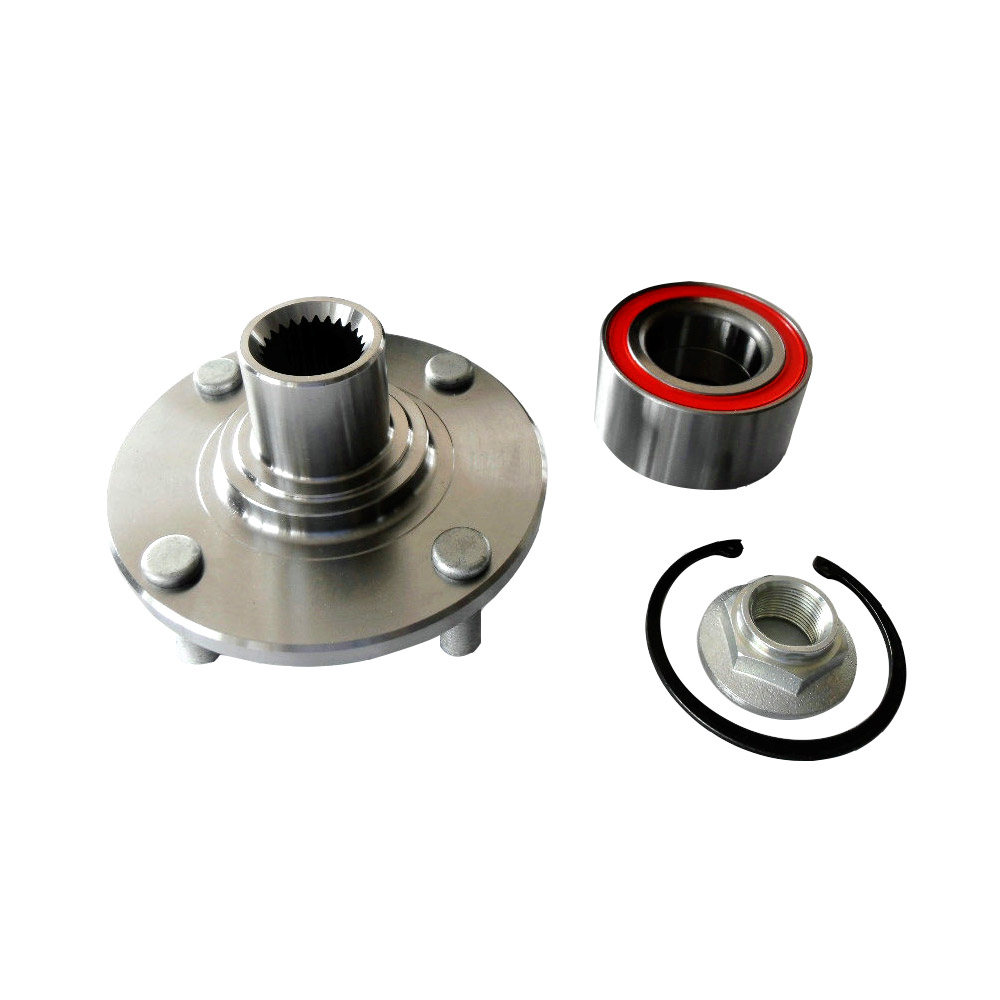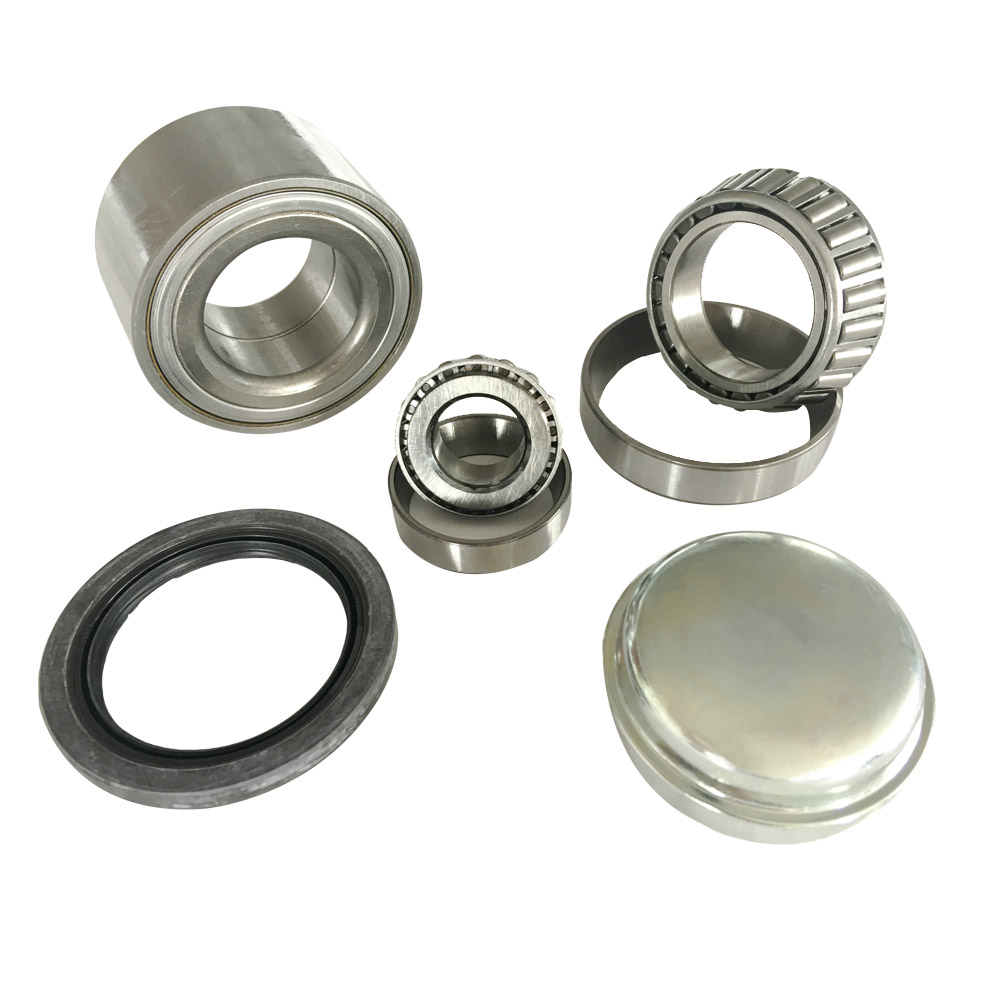When it comes to vehicle performance and safety, few components are as crucial — yet often overlooked — as the wheel bearing hub assembly unit . This compact but complex mechanical system plays a vital role in ensuring smooth wheel rotation, maintaining directional stability, and supporting the overall weight of the vehicle.
Modern vehicles rely heavily on this integrated unit to deliver safe, quiet, and efficient driving experiences. But what exactly is a wheel bearing hub assembly unit , how does it work, and why is it so important?
Unlike older-style serviceable bearings, modern hub assemblies are sealed units designed for easy installation and longer service life.

How Does It Work?
The wheel bearing hub assembly unit performs several key functions simultaneously:
Supports Vehicle Weight : Carries the load of the vehicle and transfers it through the suspension to the wheels.
Allows Smooth Wheel Rotation : The precision-engineered bearings reduce friction between the stationary and rotating parts of the axle.
Enables Steering Control : Works in conjunction with the steering knuckle to allow controlled turning.
Assists ABS Braking System : Many units include an integrated tone ring and sensor that provide speed data to the Anti-lock Braking System (ABS).
Maintains Wheel Alignment : Keeps the wheels properly positioned relative to the road surface, contributing to handling and tire wear.
This integration makes the hub assembly unit a cornerstone of both drivability and safety.
Key Features of a Quality Hub Assembly Unit
Sealed Bearings : Prevent contamination from dust, water, and debris, extending lifespan.
High-Strength Materials : Made from durable steel or composite alloys to withstand extreme temperatures and loads.
Integrated ABS Sensor : Provides accurate wheel speed readings for modern electronic stability control systems.
Corrosion Resistance : Coated with protective layers to resist rust and environmental damage.
Precision Engineering : Ensures proper alignment, minimal vibration, and long-term reliability.
Common Signs of Failure
Because the hub assembly unit operates under constant stress, it can wear out over time. Common symptoms of a failing hub assembly include:
Unusual grinding or humming noises from the wheels
Uneven tire wear or vibration in the steering wheel
ABS warning light illuminated on the dashboard
Loose or wobbly wheel movement when checked manually
Poor handling or reduced braking efficiency
If any of these signs appear, it’s important to have the unit inspected and replaced if necessary to avoid potential safety risks.
Applications Across Vehicle Types
Wheel bearing hub assembly units are used in a wide range of vehicles:
Passenger cars and SUVs
Trucks and commercial vehicles
Off-road and all-terrain vehicles (ATVs)
Electric and hybrid vehicles
With advancements in automotive design, especially the rise of electric vehicles requiring low-maintenance, high-efficiency components, these assemblies are more advanced than ever.
The wheel bearing hub assembly unit may not be top of mind during routine maintenance, but its role in ensuring safe, smooth, and efficient operation cannot be overstated. From supporting heavy loads to enabling responsive steering and ABS functionality, this single unit plays a critical role in the overall performance and safety of your vehicle.
Whether you're a DIY mechanic or a professional technician, understanding the importance of the wheel bearing hub assembly unit will help you make informed decisions when it comes to repair, replacement, or upgrade.






